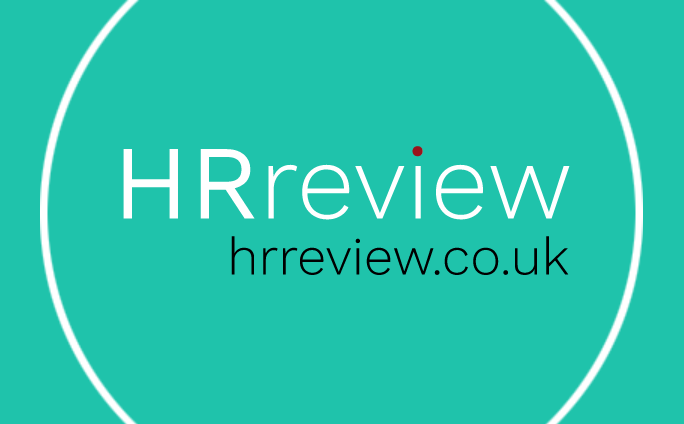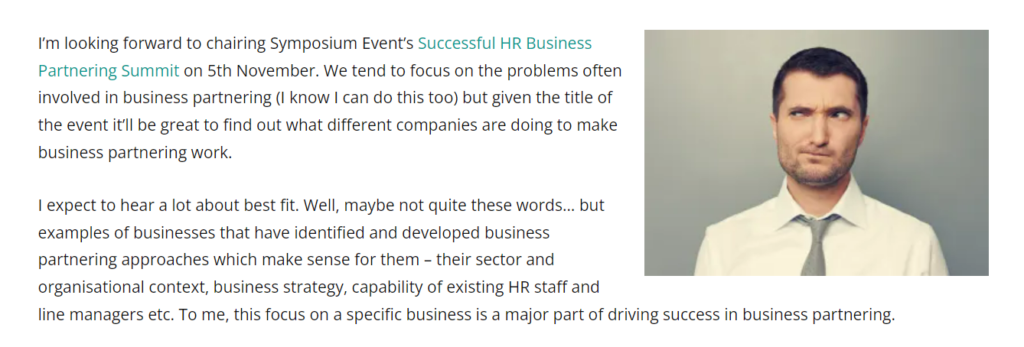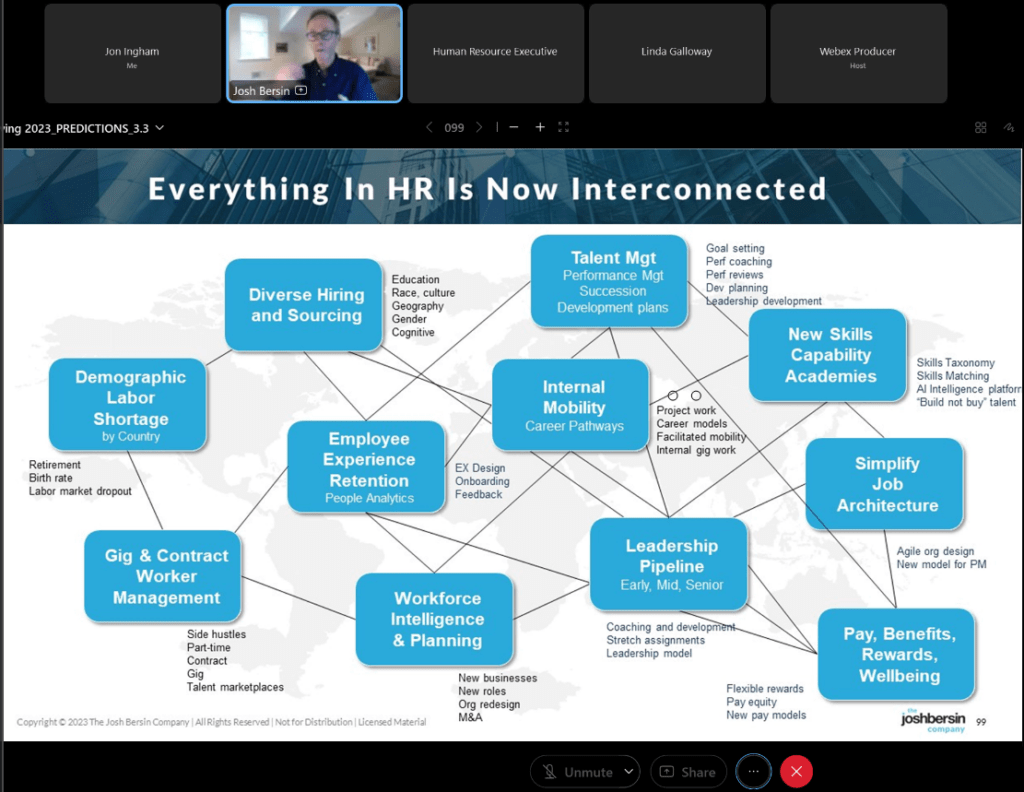Don’t Blame the Ulrich Model

I’m looking forward to chairing Symposium Event’s Successful HR Business Partnering Summit on 5th November. We tend to focus on the problems often involved in business partnering (I know I can do this too) but given the title of the event it’ll be great to find out what different companies are doing to make business partnering work.
I expect to hear a lot about best fit. Well, maybe not quite these words… but examples of businesses that have identified and developed business partnering approaches which make sense for them – their sector and organisational context, business strategy, capability of existing HR staff and line managers etc. To me, this focus on a specific business is a major part of driving success in business partnering.
And where things do go wrong – something that thankfully we won’t be hearing that much about (but which I do review in the Strategic Partnering workshops that I run for Academy), it’s often due to the opposite of this – the complete lack of attention to what makes a particular organisation unique.
The biggest and baddest problem of course is due to organisations trying to implement Ulrich’s HR business partner model – the (in)famous three legged stool. But note, I said the problem is organisations trying… – not the Ulrich model itself. I think this is often misunderstood!
I’ve even been to one session given by the head of a major global HR consultancy focusing on what’s wrong with the Ulrich model – whether the Ulrich model is inherently flawed or if the problem many organisations have in implementing it is down to sheer poor management and implementation. (They concluded it was generally a bit of both.)
It’s completely nuts! The idea that you can just take any organisational model and just apply it to a particular organisation is just bizarre – and it completely the opposite of what really needs to happen to develop an effective organisation – whether in HR or in any other area of the business (I talk a lot about this in the Organisation Design programmes I run in the Academy).
The Ulrich model has only ever been promoted as a description of what a lot of organisations have been doing (starting in the 1990s), or possibly a straw model to benchmark your own HR function and ask useful questions about how it can be improved. There’s never, ever been a suggestion that you should turn your own team into any stool of any number of legs, but that is unfortunately what a large number of businesses still tend to do.
Don’t! Instead, do design a best fit solution that meets your particular needs. Consider the full range of alternatives and pick the one that best meets the needs you’ve identified. It’s really not too hard. And if you do that, you’ll be much better positioned to develop a successful approach to business partnering yourselves.
Oh, and don’t think it’s all about stools and legs anyway. Embedded advisers, service centres, centres of excellence, etc, etc, may be part of the solution, and can make a big difference. But actually the things that really count (which Ulrich writes and talks about as well) are:
- Strategy. Do you have an ambition, objectives and processes that are going to make a difference to your business through your people?
- Technology. Are your processes supported by good and effective HR systems that enable you to implement the processes you’ve designed?
- Capability. Do your business partners understand what partnering really means, and do they have the skills to achieve this?
- Measurement. Do we know how well we’re doing – in partnering and in delivering enhanced business results.
.
On this last point, it’s also often a specific focus on the particular organisation which makes the difference in measurement as well. Measurement is generally not that hard – the problem is understand what we need to do. Once we understand who we want to achieve through HR business partnering, it’s often a lot easier to identify the appropriate metrics to use to measure it. (I could perhaps also mention that we focus on this point a lot in my Strategic Partnering training in the Academy.)
So if you do come to the conference, do remember to pay attention to what speakers are doing in these areas, not just to the numbers of and how they’ve arranged their legs!
And remember that the speakers are only providing examples and descriptions of potential best practices. Some of these may be useful thinks to adopt yourselves, but most of them will not. However, they should help you to consider what would drive success in the above and other areas of HR business partnering for yourselves.
.
Article first published in HR Review (part of Symposium, where I delivered training before setting up the Academy): hrreview.co.uk/analysis/analysis-hr-news/jon-ingham-dont-blame-the-ulrich-model/49295.

.
Jon Ingham
HR and OD Strategist, Trainer, Learning Facilitator at the Jon Ingham Strategic HR Academy





